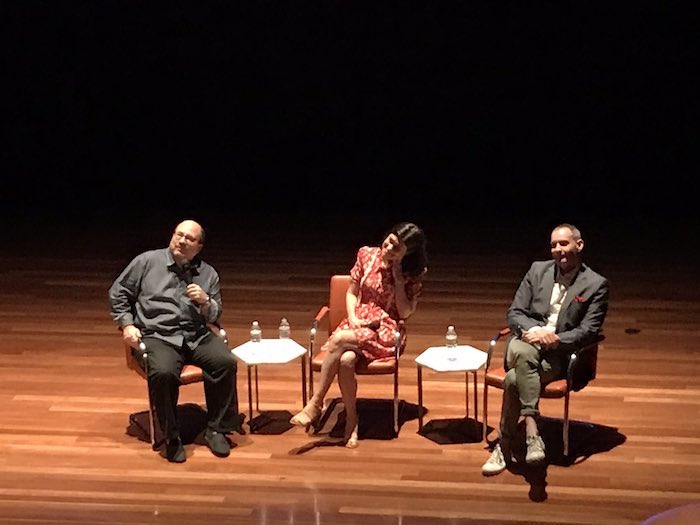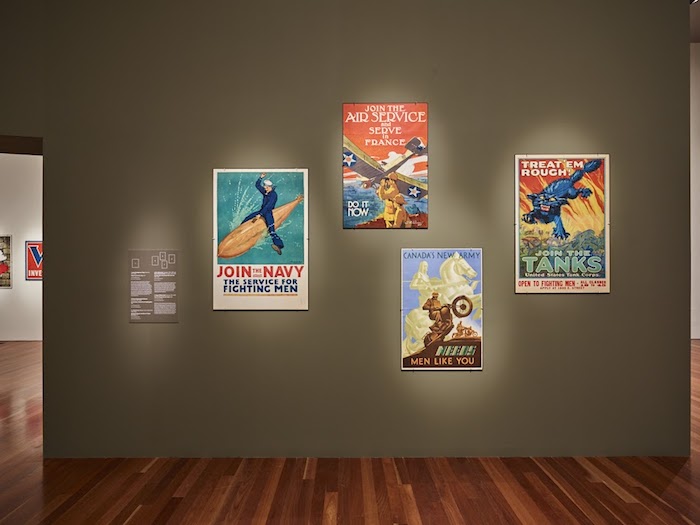“Propaganda can be as important as petroleum. The heart, too, must have its combustibles; the engine that is man must be stocked with hatreds.”
–Columbia University’s Institute for Propaganda Analysis, 1939
Spurred by a headline about Hillary Clinton, murder, and the FBI—none of which was true—NPR reporter Laura Sydell went to the Southern California suburbs to track down the man who wrote it. He told her he was a liberal. He started off writing fake news as a joke—and he found it lucrative, making $10,000 to $30,000 a month.
Craig Silverman, Buzzfeed’s media editor, who launched a web-based startup devoted to crowdsourcing the fact-checking of fake news, Emergent.info, found that tweets that are a mixture of true and false get retweeted the most.
Craig Newmark, the founder of Craigslist who recently donated $20 million to the City University of New York’s journalism school, said he wants to support organizations that try to find fake news so they can stop it.
All three participated in a panel at the de Young on June 23 entitled Rumors, Retweets and Reason, talking about how “fake news” affects us today. The panel was in response to an exhibition at the museum through October 7, Weapons of Mass Seduction: The Art of Propaganda, and the panelists walked through the show with associate curator Colleen Terry looking at posters, ads, film clips, and textiles from the World Wars.

The exhibition covers the exploitation of fear, showing how the Germans’ crimes when invading Belgium were exaggerated; how the Axis powers portraying Franklin D. Roosevelt as King Kong, or a demon with fangs and huge hands; the importance of signs and symbols, such as “V for Victory”; and how Disney became a symbol of American imperialism worldwide with propaganda showing Mickey figures invading Japan or Disney characters piloting planes dropping bombs on France. There are 10 propaganda kimonos inside a glass case, many for children and babies, with nationalist and military symbols, meant to be worn at home.
Afterwards, Silverman, Sydell and Newmark addressed a full auditorium to talk about the phenomenon of deliberately deceptive news presented as credible and how to combat it.
Silverman, a Canadian, began his presentation by quipping that he wouldn’t be able to get any attendees citizenship. After this bit of Trump-related humor, he told people rumors are sort of a necessary part of human behavior, filling in the gaps of what we don’t know.
While looking at the posters in the exhibition and the leaflets dropped from planes, Silverman said he thought about how much faster and farther information, false or not, can travel now on social networks. He said it also made him think about what civilians can do. The exhibition shows how people were encouraged to help the troops by canning food or buying war bonds during the war. Now we can try to stop the spread of misinformation, Silverman said.
“The new civic duty is to take a pause before liking or sharing anything,” he said. “Think about if you are spreading rumors.”
Sydell told the audience that she, like many of them, has relatives who share dubious information on Facebook ( “Aunt Tilda, no, Muslim nurses do wash their hands”), and she talked about deciding to chase down a fake news story. She put up a slide of a headline “FBI agent suspected in Hillary email leaks found dead in apparent murder-suicide.”
Everything about the story is fake, Sydell said—including its source, The Denver Guardian. But it got shared 500,000 times. Sydell said it fits into a certain worldview.
“If you believe Hillary Clinton and John Podesta run a child porn ring out of the basement of a pizza parlor, then this feeds right into people with that narrative,” she said. “They’re ripe for it.”
Sydell, with the help of colleagues was able to get an address for the website. They went to Southern California to find the company, Disinformation Media, and the address was a P.O. box. But they had the name of the man running it, Jestin Coler, and he lived around the corner. Sydell played the audio of her knocking on the man’s door. He didn’t talk to her, but later Coler, a big NPR fan, emailed her. He agreed to talk to her and explained how he started doing in fake news—first as a joke, making fun of rightwing media, and then in earnest, when he realized how lucrative it was, making him $10-$30,000 a month from ads. Later, Sydell ran into him at South by Southwest, where he was on a panel about fake news.

The definition of what fake news is has become a little wobbly, Sydell said—there are human reporters like her who make mistakes, and then there are stories deliberately intended to mislead.
And that’s what they need to go after, said Craig Newmark, who gives money to organizations that try to stop the spread of misinformation.
We are in an information war, Newmark said, and we have another battle coming on November 6. He says he sees hope in how news professionals, such as at Columbia’s Tow Center and the Columbia Journalism Review, are getting involved trying to disrupt networks of misinformation and harassment.
“They’re looking at where does bad stuff start and how does it propagate,” he said. “Once you learn that, you can work with people to start cutting it off.”
He also talked about the work New York University’s danah boyd, who founded Data & Society, is doing on “strategic silence.”

“Let’s say you got a politician of some sort who’d lying all the time—I’m sure that must happen somewhere,” Newmark said. “The deal is if you repeat a lie, you can make that lie stronger.”
Newmark also talked about Brian Stelter of CNN’s concept of a “truth sandwich,” and how reporters can cover major figures without spreading misinformation.
“Before you repeat the lie, you tell people something like, ‘Hey, you’re about to hear a lie, here’s the lie, and here’s why it’s a lie,’” Newmark said.
Newmark says he also plans to talk with the linguist George Lakoff, a big proponent of not repeating the lies of public figures, whether in reporting or in mocking them.
“I’m not a news professional, I’m seriously a nerd in the plastic pocket protector sense,” Newmark said. “But it’s time to stand up, to put one’s reputation on the line, to put one’s money where one’s mouth is, and I am pretty optimistic given that a lot of people acting in good faith are now working together to provide an ecosystem of trustworthy news.”
WEAPONS OF MASS SEDUCTION: THE ART OF PROPAGANDA
Through October 7
de Young Museum, SF.
Tickets and more info here.




